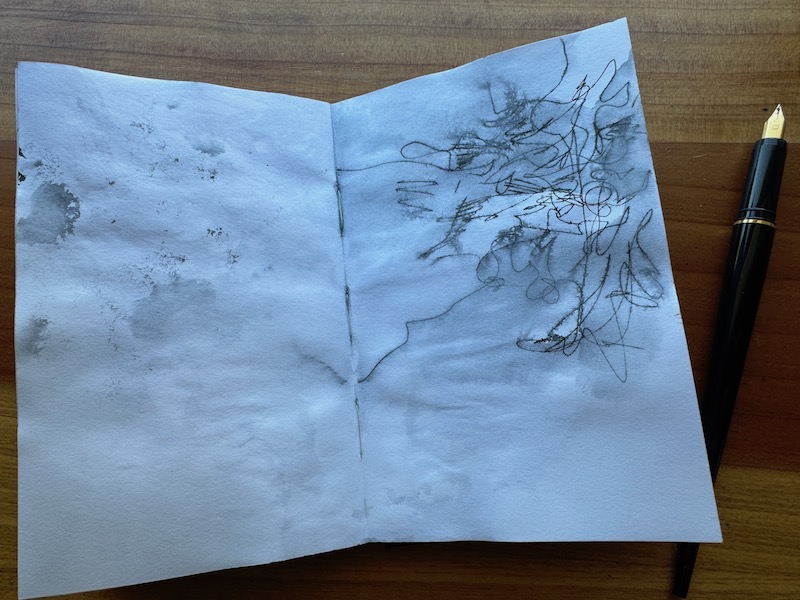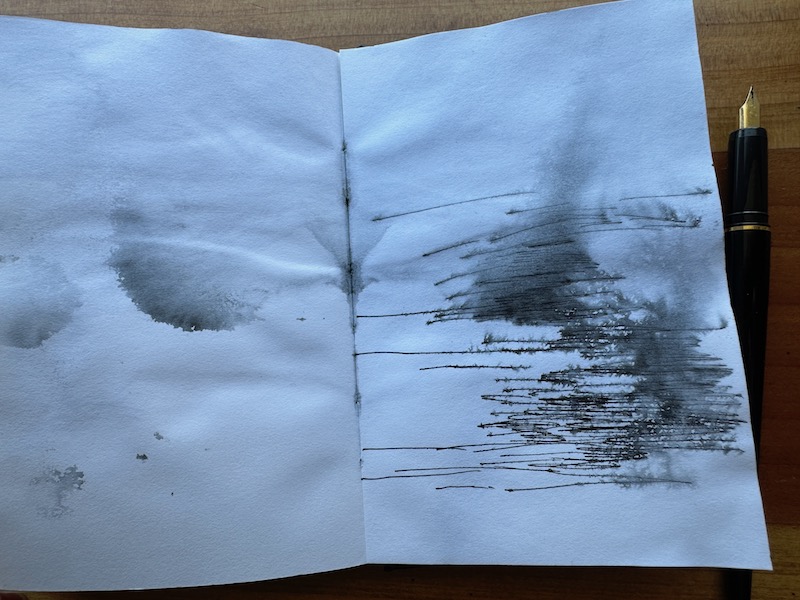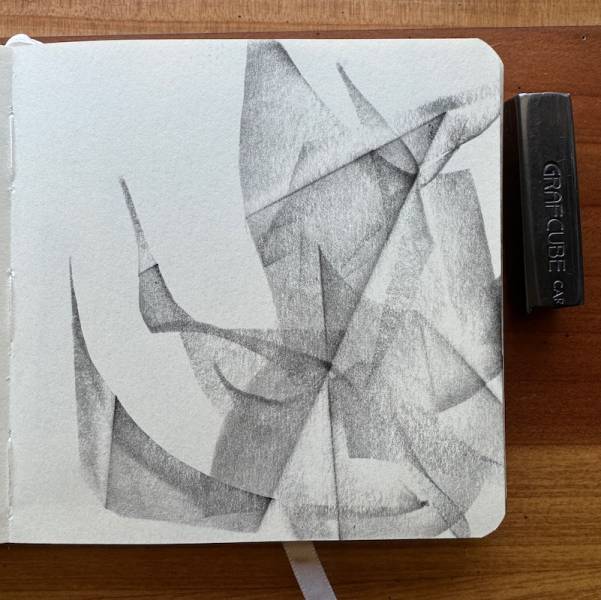What is doodling?
The definition of doodling, according to the dictionary, is to scribble absentmindedly, though I’d add to not let that be misconstrued as being a senseless act. Doodling can be a helpful practice, and can even reveal one’s personality, inner world, and communication style. In my experience, it’s been a chance to wander and discover, and it’s also been a means of paying better attention, especially in a situation in which it otherwise feels a bit more difficult to pay attention. For me, this ended up expanding into all sorts of ways to pay better attention, and in the best way, it has helped me to be more attentive to myself, my thoughts and inner world, and my emotional wellbeing. It has also helped me to be more attentive to others because the daily practice of doodling can act as a sort of meditative experience, and helps me to remain or return to a calm state and stay centered overall.
Doodling can help us remember what we hear and retain more details. The act of doodling can be used as a strategy to concentrate and stay focused, while the finished doodles can remind us of a conversation or dialogue we were listening to. Doodling can help our brain stay active if we get bored or tend to get distracted. It can help focus our concentration on something such as a lecture, meeting, or phone conversation.
Although they may seem random, doodles can bridge the gaps in conscious thoughts and memories, and bring the missing puzzle pieces to the rest of the puzzle in terms of circumstances and sequence of events. When we are feeling incomplete, doodles can help to connect areas of story and emotional states, and help to move out of a feeling of being stuck.
Doodling can help us feel more relaxed. When utilizing the act of drawing as a way to allow the outpouring of uncensored thoughts and emotions, it can be used as a means of release. It’s a safe method of expressing emotions, and can be seen as a way to reveal unconscious and nonverbal messages.
Some additional thoughts about doodling…
If you’re looking to try to add a few minutes of doodling to your day, remember to not worry about how it looks. It doesn’t have to be perfect or pretty to help you learn or remember things, or to help you relax. The key is that the act of doodling itself is the generator of learning, remembering, and tension release, and you will also find that these spontaneous doodles as finished drawings may jog your memory in a way that opens up even more creative thought and can be used as an extension to the experience.
I am a big advocate of doodling and spontaneous drawing. It has helped me significantly in so many ways, from creative process and the processing of emotions to the organization of my thoughts and attentiveness. I made a pact with myself a while back to allow for at least 10 minutes of doodling in my day each day and that has grown to become an act of dedication out of sheer love of doing it. Sometimes, I have the opportunity to spend more time doing it, but I always allow for at least a few minutes per day. I hope you’re able to give it a try too.
If you’d like to see many more of my posts here on Muddy Colors in which I share my spontaneous drawings, daily practice and much more, click here.













Recent Comments